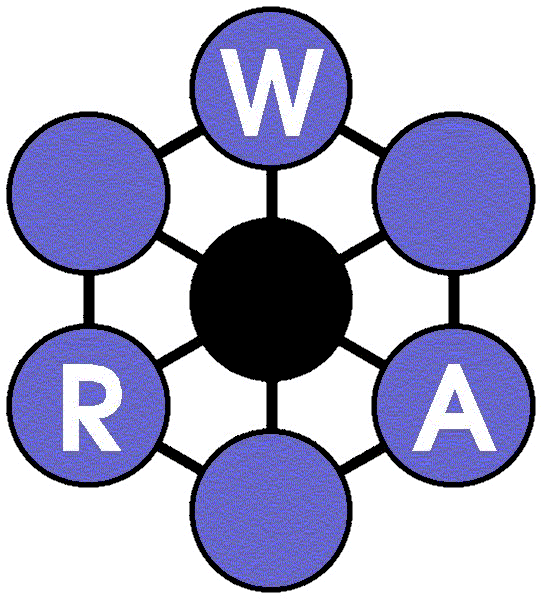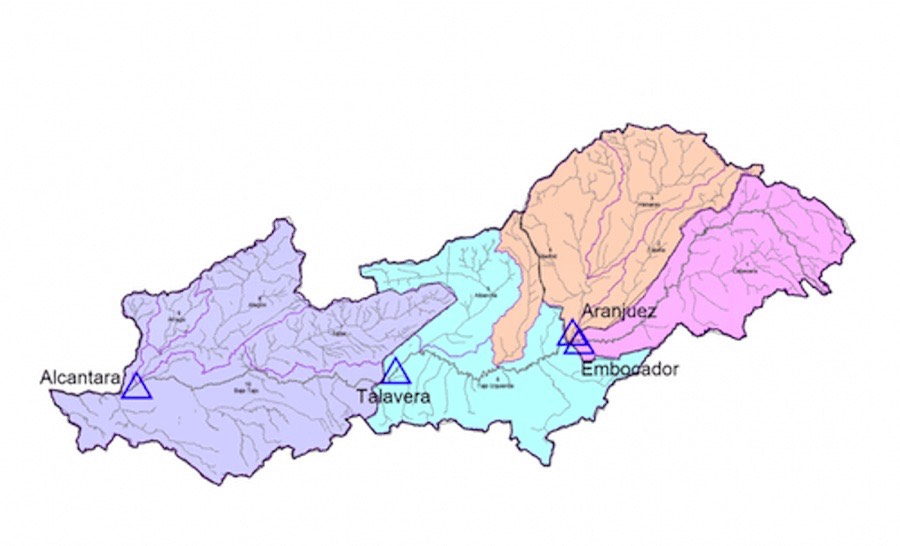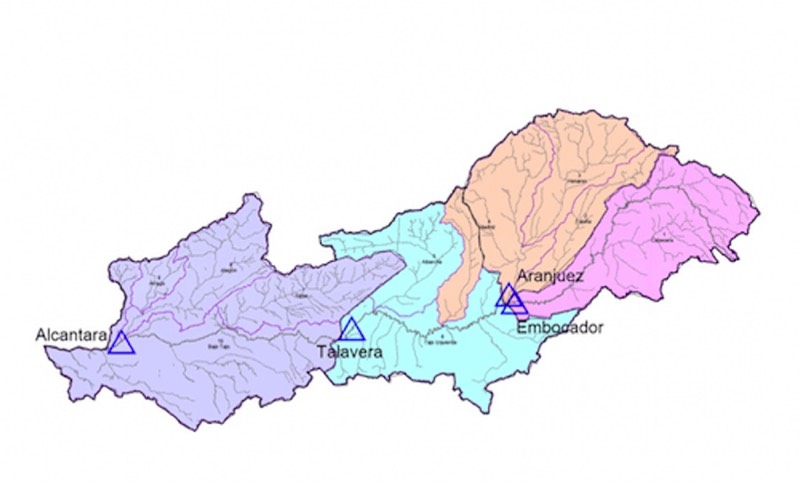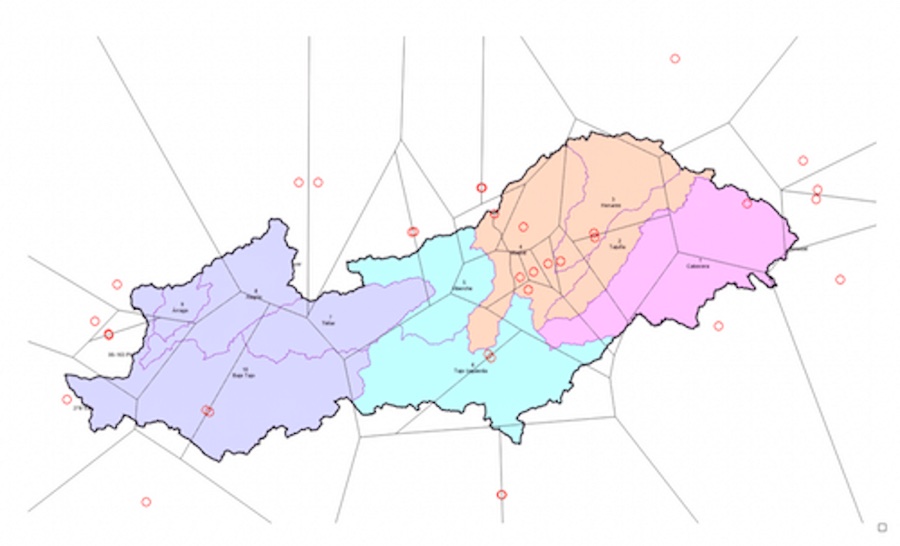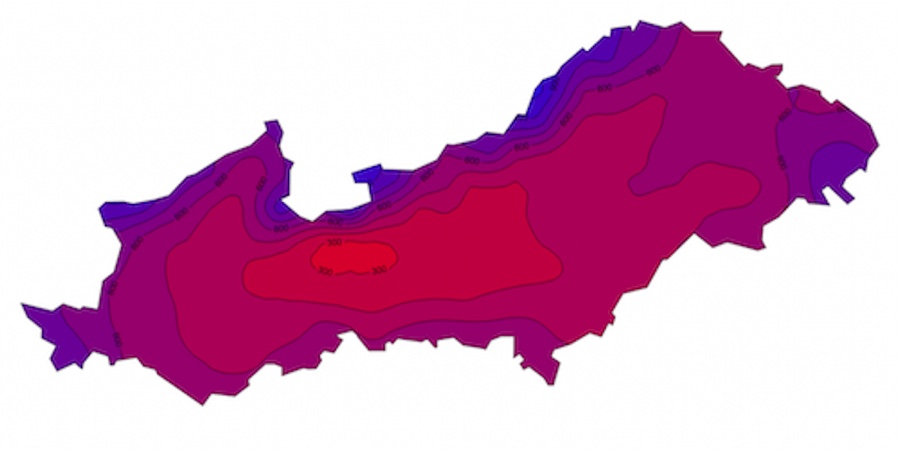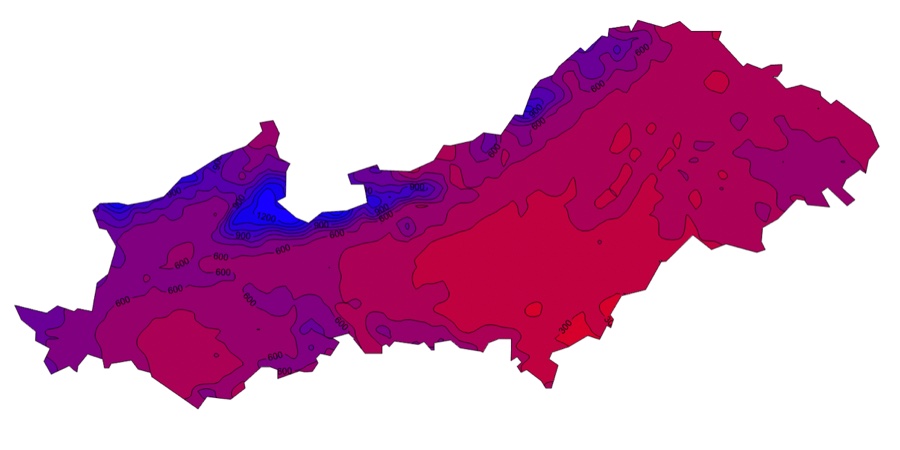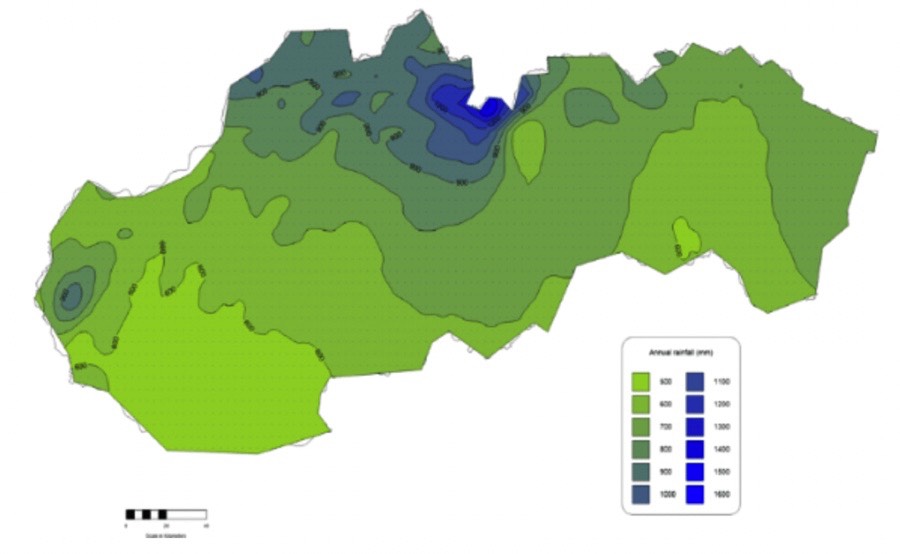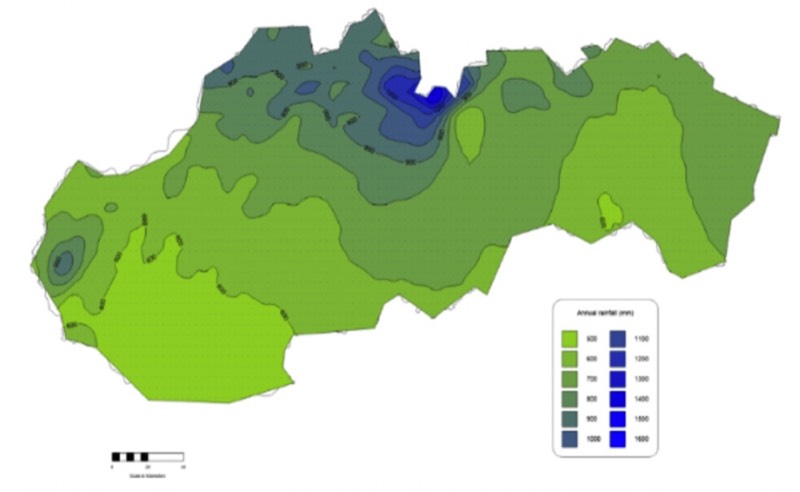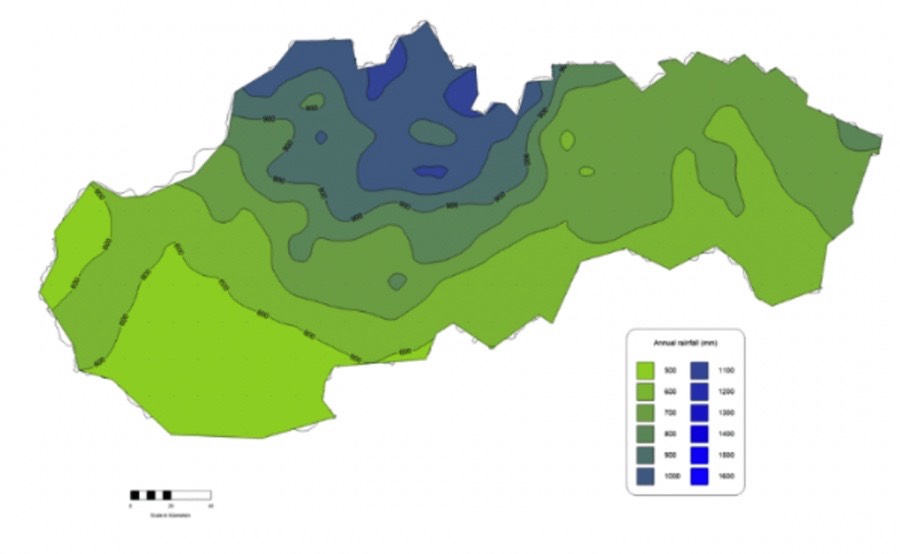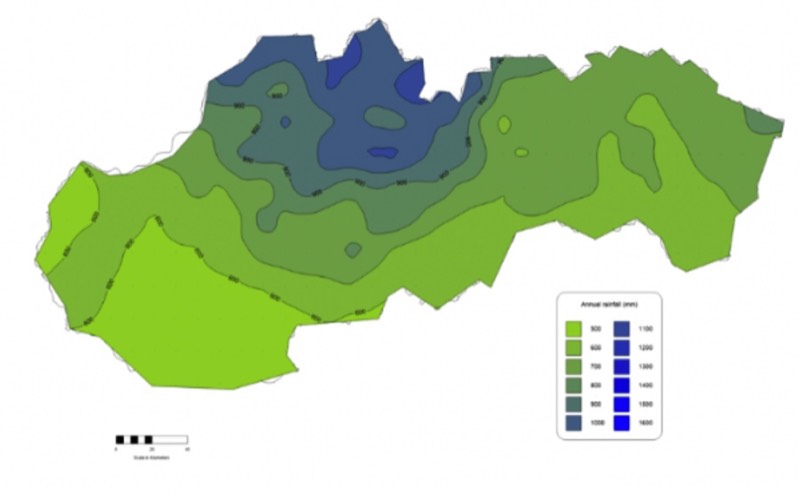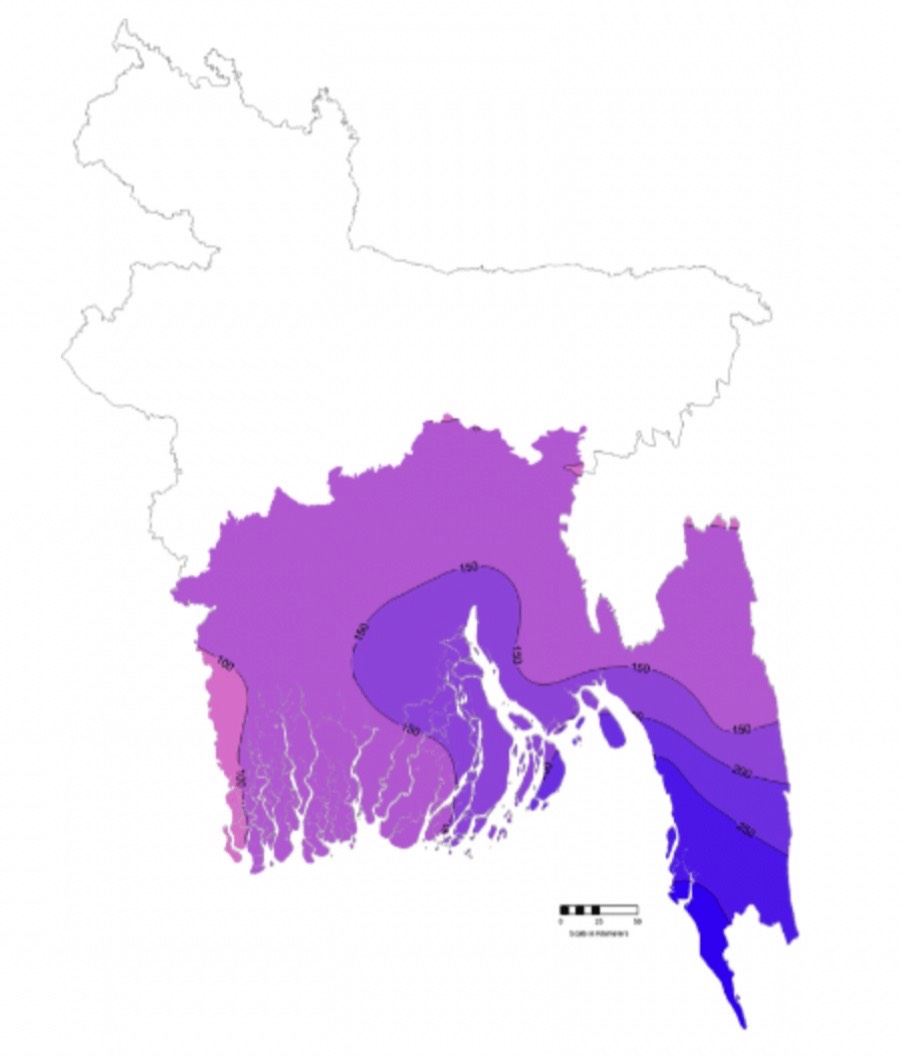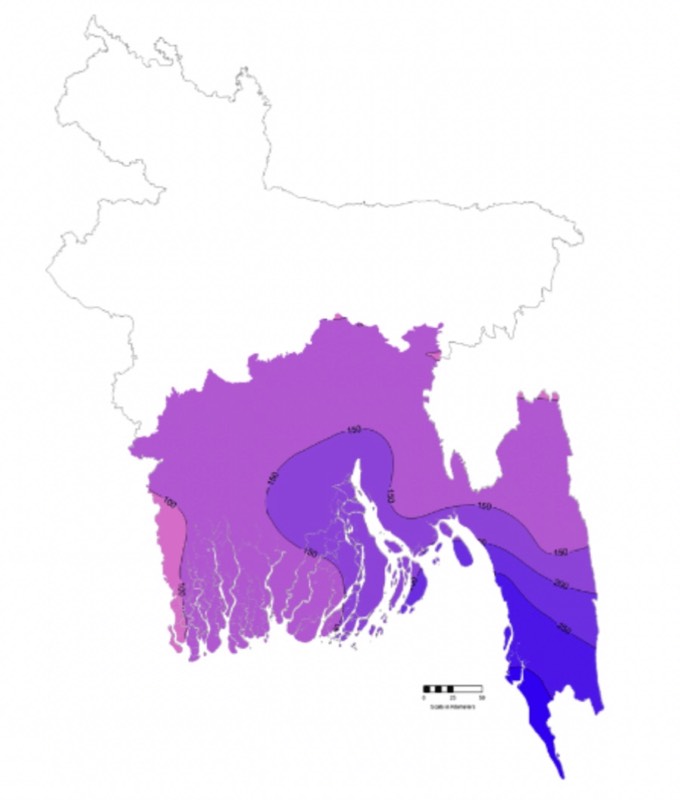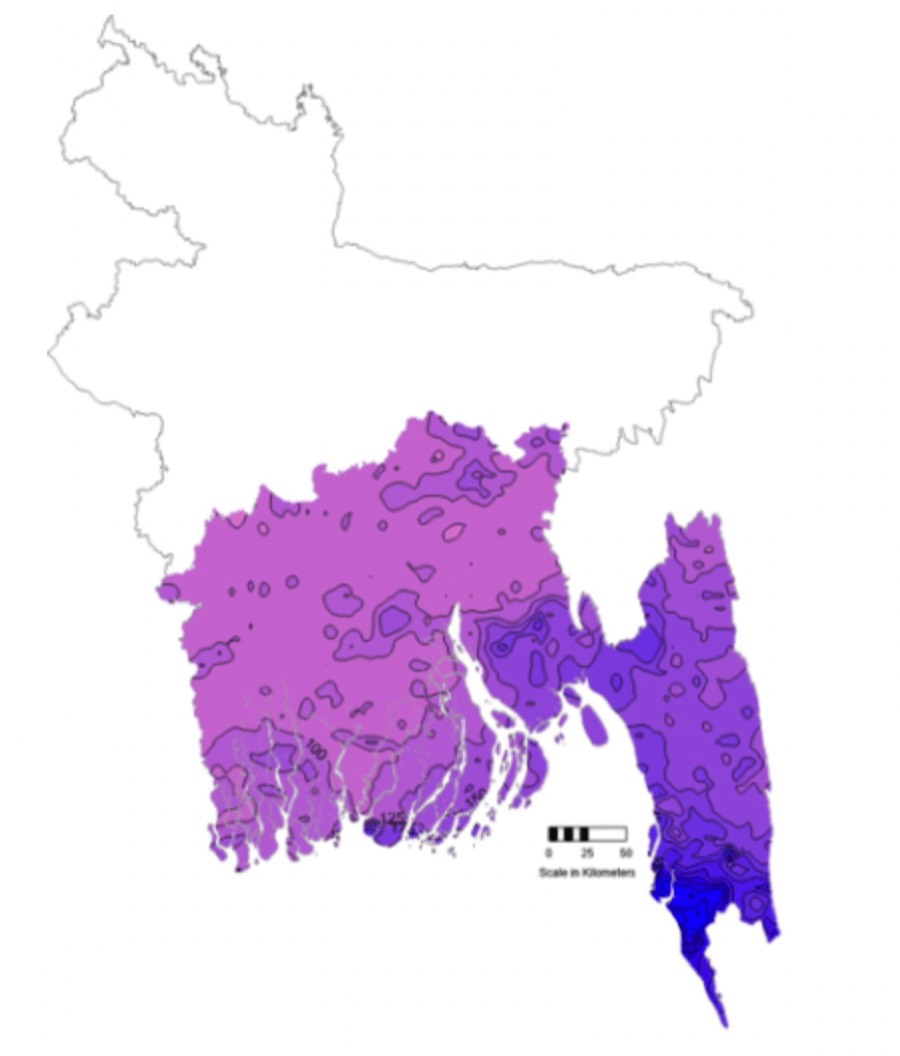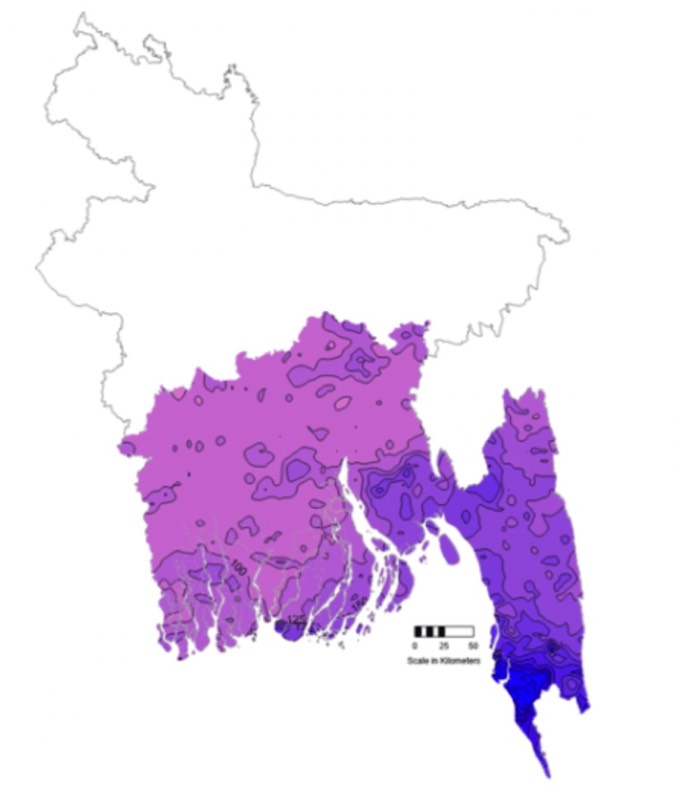HYSIM was used to develop a hydrological model of the Rio Tejo catchment [aka Tagus, Tajo] covering 80,100 km2. The objective was to modify the rainfall and climate data to take account of climate change to estimate the impact of climate change on river flows. The river basin is significantly developed with several large dams, mainly for hydropower and irrigation. In fact, no water flows from Spain into Portugal for parts of the year. The capital of Spain, Madrid, lies in the Jarama sub-catchment which is measured at Aranjuez.
Rain-gauges are not evenly distributed across the Tejo Basin, so CHIRPS was used to help improve the spatial representation of rainfall in the model.
Location of flow gauging stations
This map shows the location of rain gauges. There are eighteen rain-gauges in or close to the basin however they are not evenly distributed. There are eight rain-gauges within the Jarama catchment but the other three sub-catchments each have only one rain-gauge within the basin.
The next two figures show isohyets of annual average rainfall for the Rio Tejo Basin. The first is based on average values for the period 1961 to 1900 from the Climate Research Unit of the University of East Anglia. The second is based on CHIRPS data for the period 1981 to 2018. There is general agreement on the shape and the value of the Isohyets between the two methods of calculation, despite using different periods and different grid sizes
Tejo river basin isohyets - Climate Research Unit [CRU] -1961 to 1990
Tejo river basin Isohyets - CHIRPS - 1981 to 2018
